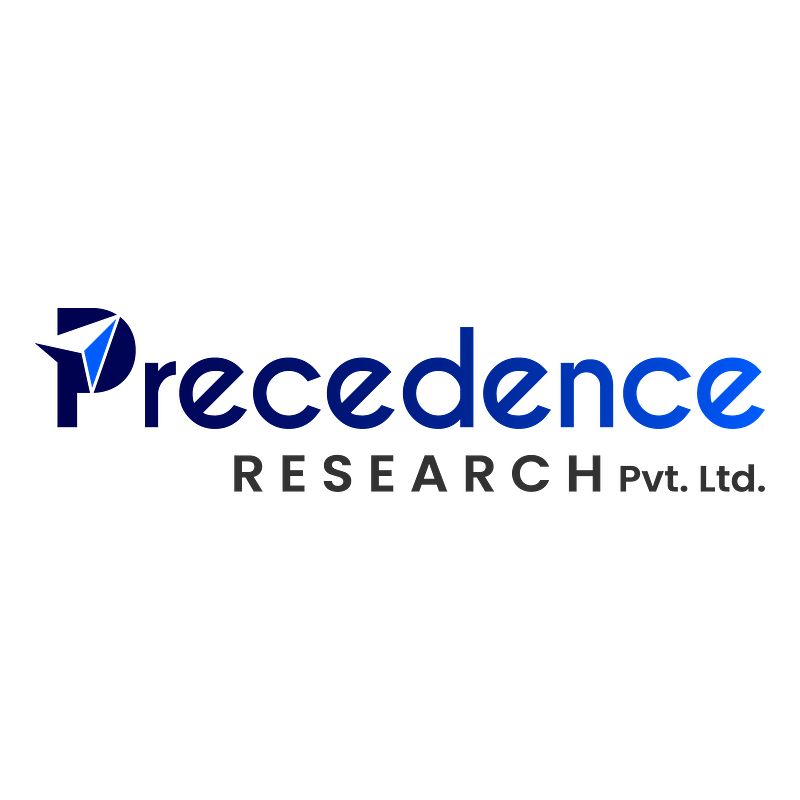
Global Steel Rebar Market Set for Strong Growth, Driven by Infrastructure and Sustainability
New research projects a robust expansion of the global steel rebar market, fueled by infrastructure investment and a growing focus on sustainable materials. Asia Pacific will remain a dominant force.
Global Steel Rebar Market Set for Strong Growth, Driven by Infrastructure and Sustainability
NEW YORK, NY – October 28, 2025
A new report indicates significant growth in the global steel rebar market, projecting a rise from $257.87 billion in 2025 to $426.51 billion by 2034, representing a compound annual growth rate (CAGR) of 5.75%. The Asia Pacific region continues to lead demand, accounting for approximately 58% of the market share, while sustainability initiatives are reshaping production methods and material sourcing.
Infrastructure Investment Fuels Demand
Rapid urbanization and significant infrastructure development are primary drivers of this market expansion. Governments worldwide are investing heavily in large-scale projects including roads, bridges, railways, and energy facilities, all of which require substantial amounts of steel rebar. “We're seeing a global surge in infrastructure spending, particularly in emerging economies,” notes one industry analyst. “This creates a consistent demand for rebar, providing a solid foundation for market growth.”
The trend is especially pronounced in the Asia Pacific region, with countries like China and India undertaking ambitious construction projects. China’s Belt and Road Initiative (BRI) and India’s Smart Cities Mission are major contributors to rebar demand. These initiatives, coupled with rising domestic construction activity, are driving a significant portion of the global market expansion. Beyond Asia, significant investment in renewable energy infrastructure, particularly wind farms and offshore wind projects, is creating further demand for high-strength rebar. The non-residential sector is projected to maintain a dominant share of the market, capturing 56.18% in 2024.
The Rise of Sustainable Steel and Green Construction
Beyond sheer volume, the steel rebar market is undergoing a transformation driven by sustainability concerns. Growing environmental awareness and stricter regulations are pushing manufacturers to adopt greener production methods and prioritize the use of recycled materials. “Sustainability is no longer just a buzzword; it’s a critical factor influencing purchasing decisions,” states one materials science expert. “Consumers and governments alike are demanding more sustainable building materials.”
The shift towards Electric Arc Furnace (EAF) steelmaking, which utilizes recycled scrap metal, is gaining momentum. EAF production significantly reduces carbon emissions compared to traditional Basic Oxygen Furnace (BOF) methods, offering a more environmentally friendly alternative. While BOF steel accounted for a majority (69.28%) of the market in 2024, EAF-based production is expected to grow at a faster CAGR of 6.42% to 2030. The focus on using recycled steel rebar in green construction initiatives highlights this growing trend. Life cycle assessments are also playing a vital role in transparency and understanding the environmental impact of steel rebar.
Regional Dynamics and Competitive Landscape
The Asia Pacific region’s dominance in the steel rebar market is unlikely to diminish in the near future. China, in particular, continues to be a major force, both as a consumer and a producer of rebar. However, other regions, including North America and Europe, are also experiencing steady growth, driven by infrastructure projects and residential construction.
The competitive landscape is characterized by a mix of large, integrated steel producers and smaller, regional players. Major players such as ArcelorMittal, Nippon Steel Corporation, and Tata Steel collectively hold a significant share of the market. Companies are increasingly focusing on innovation and differentiation to gain a competitive edge. “We’re seeing companies invest in high-strength rebar, corrosion-resistant coatings, and other value-added features,” says a sourcing manager for a construction firm. The market also includes vertically integrated players that can control their entire supply chain, from raw materials to finished products. The increased demand for thicker rebar (over 32mm) for projects such as offshore wind turbine foundations is also impacting production and sourcing.
Challenges and Future Outlook
Despite the positive outlook, the steel rebar market faces several challenges. Fluctuations in raw material prices, particularly iron ore and scrap metal, can significantly impact production costs and profitability. Energy costs also play a critical role. “Managing raw material costs is a constant challenge,” notes one supply chain analyst. “Manufacturers need to implement robust hedging strategies and explore alternative sourcing options.”
Furthermore, global trade tensions and geopolitical instability can disrupt supply chains and create uncertainty in the market. However, the long-term outlook for the steel rebar market remains positive. The continued growth of infrastructure investment, the increasing focus on sustainability, and the rising demand for durable and resilient building materials are all expected to drive market expansion in the coming years. The move towards digitization and the implementation of advanced data analytics will also help manufacturers optimize their operations and respond more effectively to changing market conditions.
